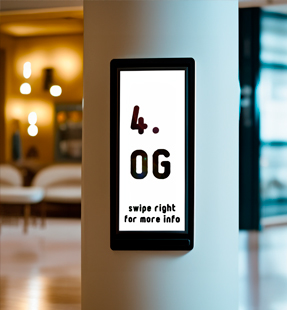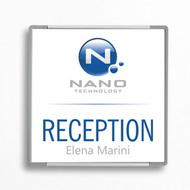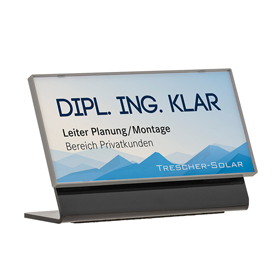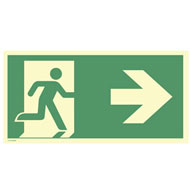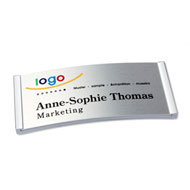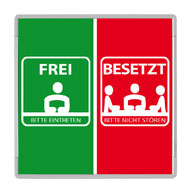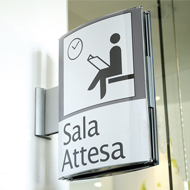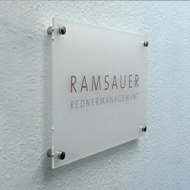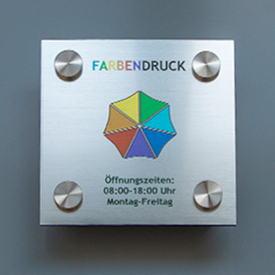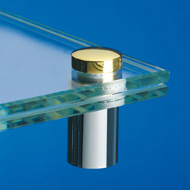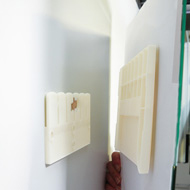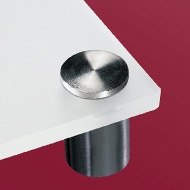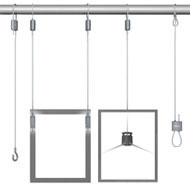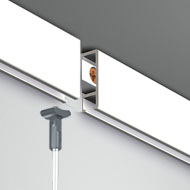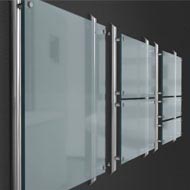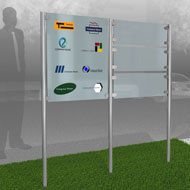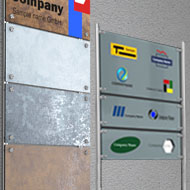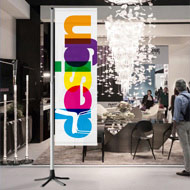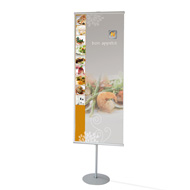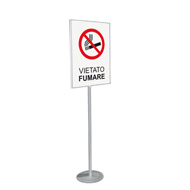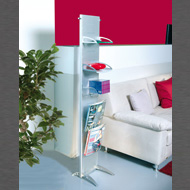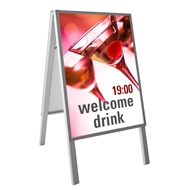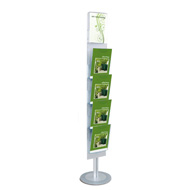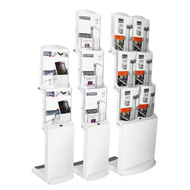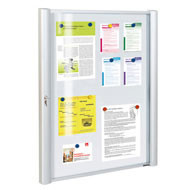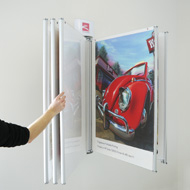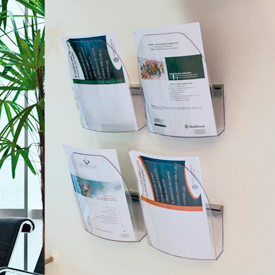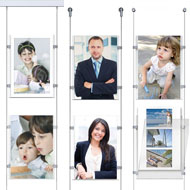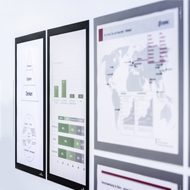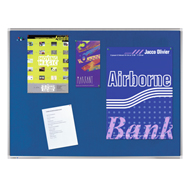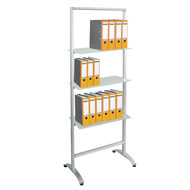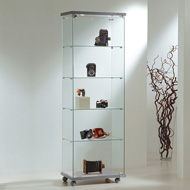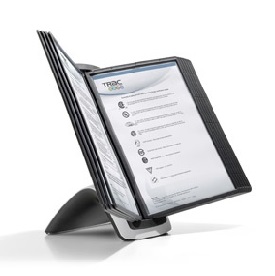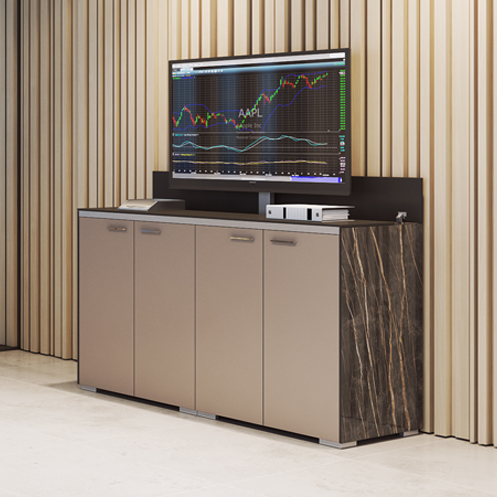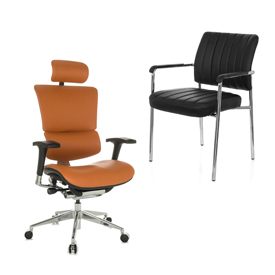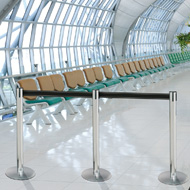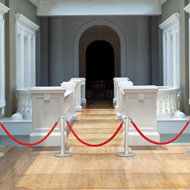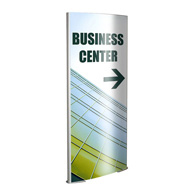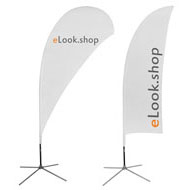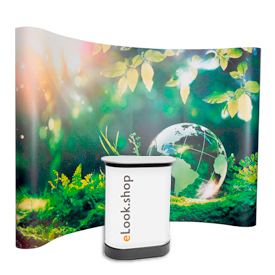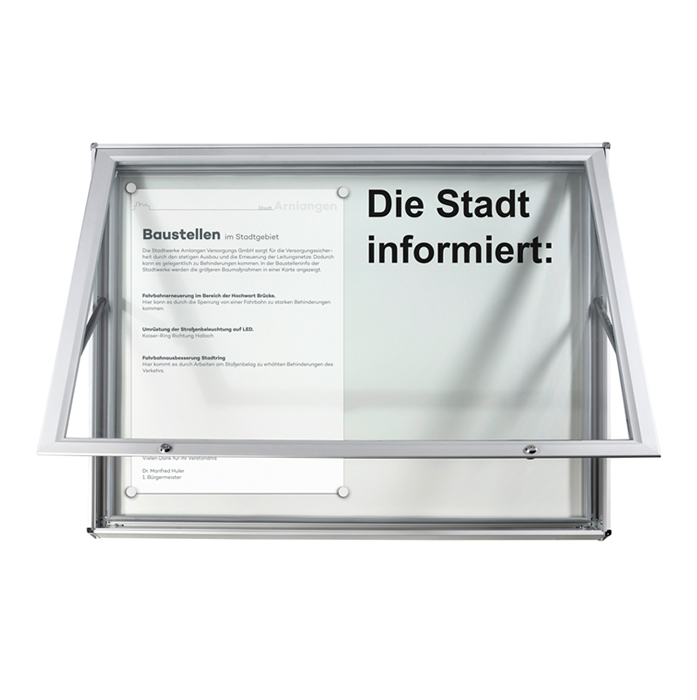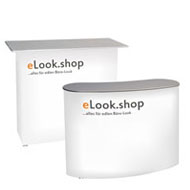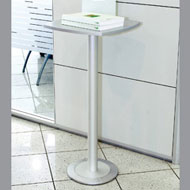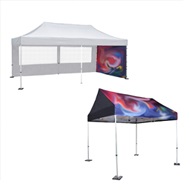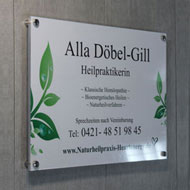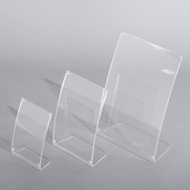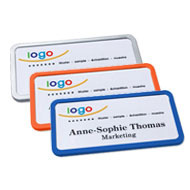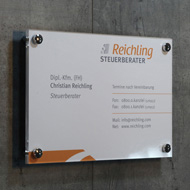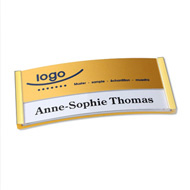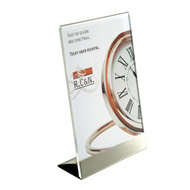Accessible signs: innovative solutions for an inclusive environment
Friday, March 1, 2024
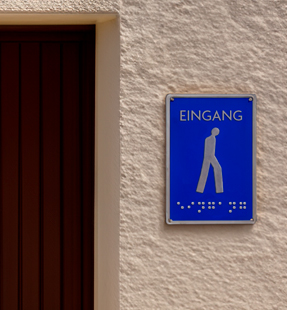 Accessible signs play a critical role in our society by ensuring information is accessible to everyone, regardless of individual abilities. They are more than just a legal requirement. Accessible signs are a key aspect of an inclusive environment that takes into account the needs of all people. In this article, we take a look at innovative accessibility signage solutions that are not only compliant with regulations, but also stylish and attractively designed.
Accessible signs play a critical role in our society by ensuring information is accessible to everyone, regardless of individual abilities. They are more than just a legal requirement. Accessible signs are a key aspect of an inclusive environment that takes into account the needs of all people. In this article, we take a look at innovative accessibility signage solutions that are not only compliant with regulations, but also stylish and attractively designed.Importance of accessibility
Accessible signs are essential to ensure that information is accessible to everyone, regardless of physical or cognitive limitations, be it visual impairments, walking difficulties or other limitations. People with different abilities should be able to orient themselves and obtain information with ease. Accessible signs are not only a sign of respect for diversity, they help break down barriers. They are a contribution to an inclusive society in which everyone has equal opportunities and possibilities.Innovative materials for tactile signs
In barrier-free design, traditional tactile signs, which can be felt by touch, have a central place. They were often standardized and uninspiring. Today, new materials such as non-slip surfaces that are pleasant to the touch enable innovative designs that not only appeal to the sense of touch but are also visually appealing. From glass-like surfaces to three-dimensional relief structures, the materials not only improve tactility but also provide an aesthetically pleasing option. The combination of functionality and design creates signs that are attractive to both people with and without disabilities.High-contrast coloring for better readability
Another important aspect of barrier-free signs is the use of clear contrasts, as clear legibility is crucial for barrier-free signs. The combination of light and dark colors improves readability, especially for people with visual impairments, and also allows stylish design elements to be integrated. Choosing colors that are not only high-contrast but also aesthetically pleasing meet the accessibility requirements and also appear aesthetically pleasing. It is an important step towards inclusion.Consider fonts and symbols
Selecting of appropriate fonts and symbols plays a key role in barrier-free sign design. Large, clear fonts and easily recognizable symbols are crucial for easy visual perception. Innovative approaches not only take functionality into account, but also rely on creative font and symbol design to create a modern and appealing aesthetic.Combination of Braille and modern design
Braille is an essential component for people who are blind or have low vision. But modern barrier-free signs integrate Braille into the design in an attractive way. Incorporating Braille into stylish materials and surfaces combines functionality with aesthetics and helps create an inclusive environment.